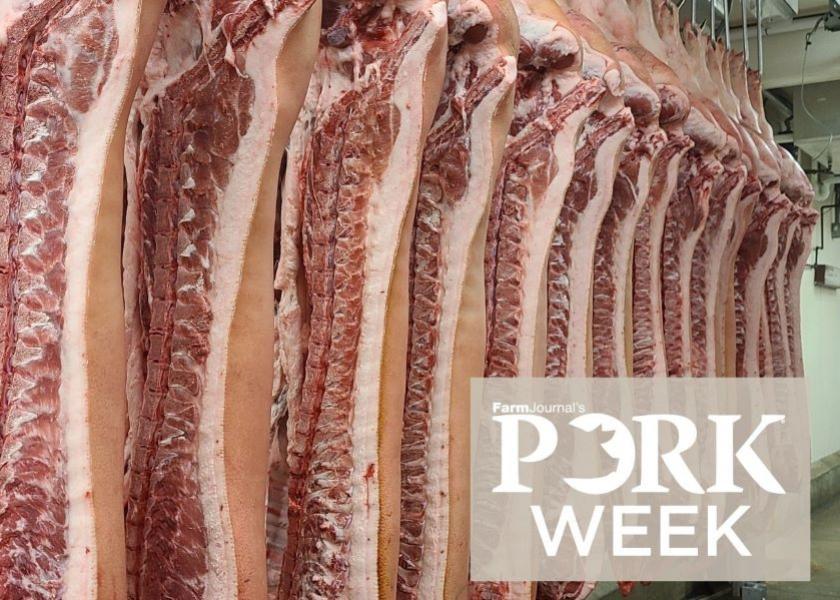5 Takeaways from an Export Expert

Last year was a record year for pork exports, and producers want to know how the industry can maintain that growth, said Rupert Claxton, meat director for Gira International, a consultancy and research firm. During a presentation at the World Pork Expo, Gira talked transparently about exports and the future trade potential with China.
“Certainly, China is an important factor: 28% of our exports go to China, and exports there have a slightly higher value than to our traditional leader, Japan,” Claxton says.
Will that lucrative market continue?
“In our analysis, the current decline in China pig prices is caused by the second wave of African swine fever (ASF),” he says. “They’re culling their pigs because they suspect they have African Swine Fever. This dumping of pigs into the market has caused the price to be lower than the cost of production. Plus, feed costs are higher. This has driven trade prices down. We’re hearing that some containers are worth half the value that they were 3 or 4 months ago.
“If China backs off, we have to find a lot of other opportunities to offset it,” he continues. “The easy opportunities are going to pass, and that’s the bottom line.”
The world meat market has been in upheaval, Claxton says, and nothing is certain, as exporters found out during the pandemic. He presented five take-aways on what U.S. producers can expect in the months to come.
1. The U.S. hog industry cannot survive on just the U.S. market, even if 30% of producers quit, Claxton points out. “We need carcass valorization to justify costs and keep U.S. prices down,” he said. Valorization is defined as enhancing or trying to enhance the price, value, or status through organized and/or governmental action.
2. China has become the go-to market for everyone, Claxton says. “All these markets are increasing supply at the expense of domestic and other export markets.” This leaves other importers short, as they favor China’s higher prices.
3. COVID has compounded the buying situation in other countries, as often economic impact has reduced affordability because of lower volumes and lower prices.
4. China is rebuilding supply after ASF, and the country is realizing that modern production is more expensive than just feed costs. “Currently China is not cost-competitive and there are potential barriers in the mid-term,” he says.
5. U.S. alternative outlets need to be in place, both as future levers and as insurance. The volatility of export markets, through health issues, governmental uncertainties or other issues demand that the pork industry creatively and assertively look at developing new markets and finding new ways of servicing existing export customers.







